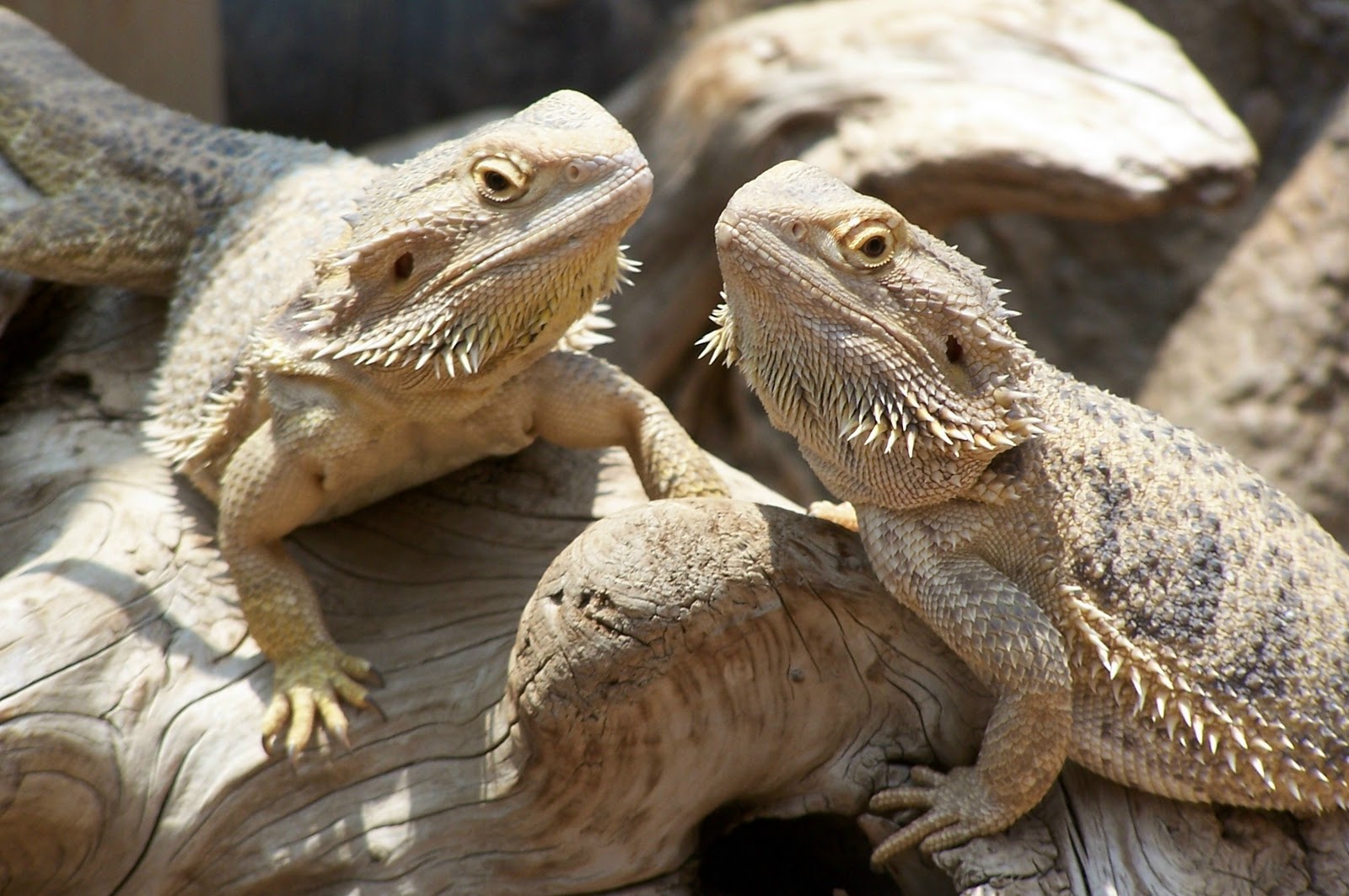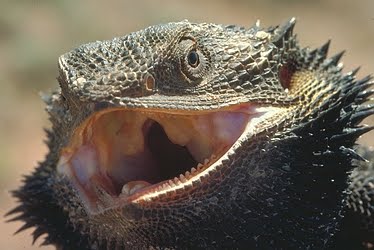Male and Female Bearded Dragon Differences: A Beginner's Guide
Introduction
Bearded dragons are one of the most popular pet reptiles around the world. These lizards are known for their calm demeanor, unique appearance, and ease of care. However, if you are new to bearded dragon ownership, you may not know that there are significant differences between male and female bearded dragons. In this beginner’s guide, we will explore male and female bearded dragon differences to help you make informed decisions about your new pet.
Size and Physical Characteristics
One of the most apparent differences between male and female bearded dragons is the size and physical characteristics of each gender. Generally, male bearded dragons are larger than their female counterparts. Male bearded dragons can grow up to 24 inches in length, while females usually max out around 20 inches. Males also have a thicker base of their tail compared to females.


Besides size, males and females also have different physical characteristics. Male bearded dragons have a more distinct beard, which is used to intimidate potential threats, competing males and to attract females. At the same time, females have a smaller and less pronounced beard. Additionally, males have larger femoral pores on their underside, which they use to excrete waxy pheromones, while females have smaller pores or none at all.

Behavior
Male and female bearded dragons behave differently too. Male bearded dragons are more territorial and aggressive than females, especially during mating season. They may exhibit head bobbing, arm waving, and black beard displays to indicate dominance or attraction to a female. In contrast, female bearded dragons are more relaxed and docile. They don’t generally display aggressive behavior unless they feel threatened, stressed or are gravid.


Reproduction
Another significant difference between male and female bearded dragons is their reproductive system. A male bearded dragon has two hemipenes, which are the reproductive organs. These organs are usually hidden inside the tail and can be everted during mating. In contrast, female bearded dragons have two functional ovaries and can lay viable eggs without needing to mate with a male. If you plan to own a breeding pair, it’s essential to understand their reproductive system and the conditions required to breed them successfully.

Feeding
Male and female bearded dragons require the same amount of food and nutrition, but their feeding behavior might be slightly different. For instance, male bearded dragons may eat more frequently and be more aggressive feeders than females. They might also eat insects or prey that are larger in proportion to their size. On the other hand, female bearded dragons might eat less when they are gravid or preparing to lay eggs.


Conclusion
Knowing the differences between male and female bearded dragons is an essential part of owning these amazing pets. Whether you plan to mate them, provide adequate nutrition, or understand their behavior, this beginner’s guide provides a solid foundation to build upon. The most important thing is to provide a healthy and safe environment for your pet and give them the love and care they deserve.
